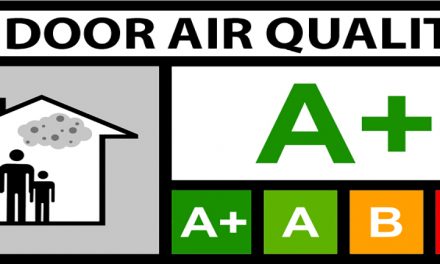If that little voice in your head keeps saying “everybody in my market only buys the low-bid option,” you need to change your mind! That “little voice” is a liar and needs to be exposed to the truth that, believe it or not, most buyers DO NOT have a low-bid mentality.
Sure, building contractors and property managers have a low-bid mindset, but Mr. & Mrs. Smith on Elm Street are customers who literally live with their HVAC decisions. They are willing to invest more to enjoy the safety, health, comfort, and energy efficiency benefits that you offer. Those low-bid building contractors and property managers don’t really care about that – they just want to keep initial costs down.
The Right Tools for The Job
Multiple studies prove that the Pareto principle (the 80/20 rule – roughly 80% of consequences come from 20% of causes) also applies to pricing strategies. When using a well-crafted Good-Better-Best approach, experience demonstrates:
- 10% of buyers select the “good” option (lowest initial cost, minimum performance)
- 80% of buyers choose the “better” option (higher initial cost, improved performance)
- 10% of buyers invest in the “best” option (highest initial cost, ultimate performance).
That means that 90% of buyers choose based on the perceived value of the contractor’s qualifications, experience, processes, past results, recommendations, reputation, and performance benefits of the offer, NOT lowest price. That’s good news for high-performance HVAC contractors like you! You must focus on high-performance value, not lowest price.
The Power of Choice
You must change YOUR mind about your pricing methods because most of your customers are already primed for performance-based decisions. Customers have difficulty determining the true value of your offer unless they have something to compare it with. When you only offer one price, they are psychologically compelled to compare it to another contractor’s price.
When you offer multiple options, customers can easily compare the prices and decide based on their perceived value of each offer. This can eliminate getting other bids because you have satisfied their psychological need to comparison shop. When you make it easy for them to comparison shop, you win more jobs.
The good-better-best pricing approach is a tool that has satisfied the psychological need for comparison shopping for decades. The strategy is simple. First you can charge a little, deliver a little. Or you can charge a little more, deliver a little more. Finally, you can charge a lot more, deliver a lot more. What could be easier?
We used this pricing method at my Dad’s HVAC business. In 1998 (the last full year we owned the company) our average sale price was $7,600 while our typical competitor was hovering around $3,500. Offering a menu of choices with increasing value in each option really works!
Proper Pricing Makes Many Problems Solvable
In Michel’s article, he stated “Proper pricing will not solve all problems, but it will make many problems solvable.” He is 100% correct. When you sell jobs at the “right” price, you will have the money to hire and train the right people; you can equip them with the right tools and instruments; stand behind your work; and build a business that works, so you don’t just have a job.
In the customer’s mind, your price defines your product. Everyone knows you get what you pay for. Customers want and deserve great products. By offering and delivering great solutions that solve customers’ short- and long-term problems, you earn the great rewards that you deserve.
Think about it — can you fix dust problems, uncomfortable rooms, pressure imbalances, and other common customer complaints by simply changing out the condenser, evaporator, and furnace? Of course not! Resolving those problems requires more tools, training, products, and services. Solving more problems means more money must be invested. Isn’t this easy?
High-Performance HVAC Is Not a Commodity
Let’s face it… HVAC equipment is a commodity item. Almost all units produced in our industry are assembled using components manufactured by Copeland, ICM, Fasco, Honeywell, Emerson, and so on. They are almost identical to each other in many ways. That’s what makes them a commodity.
The high-performance HVAC approach is unique. You must use advanced diagnostics skills; determine the real problem using the right tools; understandably communicate truthful findings and recommendations; price the solutions appropriately; solve the customer’s problems; and stand by your end-product. That is a real specialty, not a basic commodity.
Click Below for the Next Page













Recent Comments